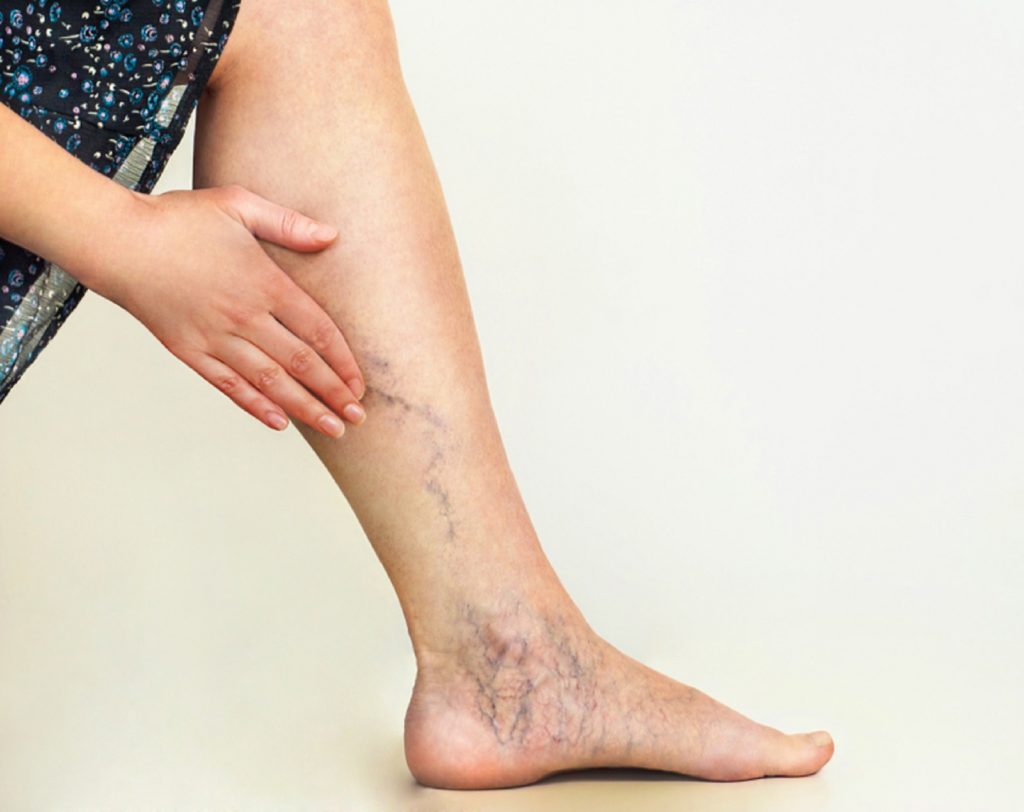High blood pressure, also known as hypertension, is a common condition that affects millions of people worldwide. While it is often referred to as the “silent killer” due to its lack of noticeable symptoms, there are certain signs that can manifest in different parts of the body.
In this article, we will focus on 10 signs that may appear specifically in your legs and feet, indicating a potential issue with high blood pressure. Recognizing these symptoms can prompt you to seek medical attention and take necessary steps to manage your blood pressure effectively.
Swelling: One common symptom of high blood pressure is swelling in the legs and feet. This occurs due to the increased pressure within the blood vessels, leading to fluid retention in the lower extremities.
Edema: Edema refers to the accumulation of excess fluid in the tissues, which can cause noticeable swelling in the legs and feet. It is often accompanied by a feeling of heaviness or tightness.
Numbness or Tingling: High blood pressure can affect the nerves in your legs and feet, leading to sensations of numbness or tingling. This can be a result of poor blood circulation caused by elevated blood pressure levels.
Leg Cramps: Muscle cramps in the legs, particularly at night, can be a sign of underlying high blood pressure. These cramps may be painful and can disrupt your sleep.
Changes in Skin Color: Some individuals with high blood pressure may notice changes in the color of their legs and feet. The skin may appear reddish or bluish, indicating circulatory problems.
Varicose Veins: While varicose veins can have various causes, they can also be associated with high blood pressure. These swollen and twisted veins are a result of weakened blood vessel walls and poor blood flow.
Slow Healing: Hypertension can affect the body’s ability to heal wounds. If you notice that cuts or sores on your legs or feet are taking longer to heal than usual, it may be a sign of high blood pressure-related complications.
Hair Loss: In some cases, high blood pressure can contribute to hair loss, including on the legs and feet. Thinning or loss of hair in these areas may be an indication of circulatory problems associated with hypertension.
Leg Ulcers: Chronic high blood pressure can lead to the development of leg ulcers. These are open sores that can be painful, slow to heal, and require medical attention.
Weakness or Fatigue: Persistent weakness or fatigue in the legs and feet can be a symptom of underlying high blood pressure. Reduced blood flow and oxygen supply to the muscles can contribute to these feelings of weakness and fatigue.
It’s important to note that these symptoms are not exclusive to high blood pressure and can be caused by other conditions as well. However, if you experience any of these signs, it is essential to consult with a healthcare professional for proper evaluation and diagnosis.
Managing high blood pressure involves lifestyle modifications such as adopting a healthy diet, regular exercise, stress reduction, and, in some cases, medication prescribed by a healthcare provider. Regular blood pressure monitoring is crucial for early detection and effective management of this condition.
Remember, maintaining a healthy lifestyle and keeping your blood pressure under control can significantly reduce the risk of complications and promote overall well-being. If you suspect you may have high blood pressure or experience any of the symptoms mentioned, do not hesitate to seek medical advice for appropriate evaluation and treatment. Your health is worth it.



